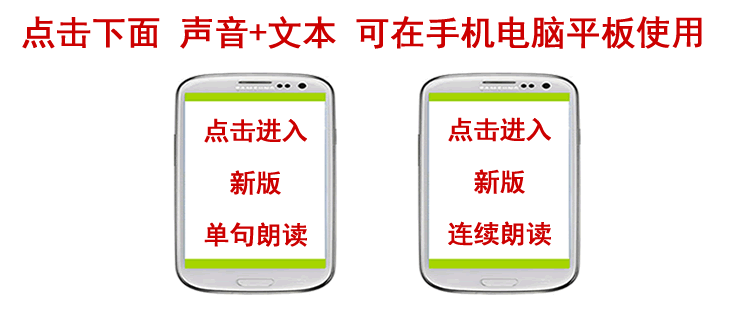建筑哲学第 12 课 And so in the year 7 42 因此西元742年
the emperor allowed a great mosque to be erected in the Muslim quarter of the city of Chang'an, 皇帝准许长安回教区 建造清真寺
where it still caters to the faithful today. 至今信徒仍前往礼拜
This mosque is built like a Chinese courtyard temple 此清真寺建筑与中国寺庙相仿
but with an east-west, rather than the customary north-south axis, 唯坐东朝西而非传统的坐北朝南
so the temple can face Mecca. 使大门面向麦加
The type of building the West most identifies with China is the pagoda. 西方人一眼就能认出的中国建筑是佛塔
But it is not originally a Chinese building at all. 但佛塔并非起源于中国
Chinese historians have traced how the pagoda made its way to China from India. 中国历史学家追溯出佛塔自印度流传至中国的过程
During the first century AD, the emperor at the capital of Luoyang opened the silk road, 西元1世纪首都洛阳的皇帝开辟丝路
exporting silks and ceramics from China and importing spices and medicines. 输出丝绸与陶瓷 输入香料与药材
With these imports came something that would change China forever: 有样东西随之传入中国从此改变了中原
rumors of a new immortal called Sakyamuni: the Buddha. 一位名为释迦牟尼的新神只 即佛祖
In 67 AD the emperor had a dream about a golden flying holy man.西元67年,汉明帝梦见 一个飞行的金人
So he sent officials to India to find out more about this new immortal. 他派使节到印度去了解这位新的神祗
These officials met two Indian monks 使节碰到两名印度僧侣
who brought back Sanskrit Buddhist scriptures to Luoyang on a white horse. 他俩骑着白马将梵文佛经带回洛阳
The emperor was pleased 汉明帝龙心大悦
and so the two Indian monks founded the first Buddhist temple in China -
印度僧侣于是创立 中国第一座佛教庙宇
the white horse temple right here in Luoyang. 洛阳的白马寺
In this building the two Indian monks carefully translated the Buddhist 两名印度僧侣在白马寺中将佛经翻译成中文
scriptures into Chinese; scriptures which would have profound impact not just on China, 佛经不仅深深影响了中国
but on the cultures of Korea and Japan. 也影响了韩国和日本文化
And on the grounds of this temple the monks supervised the construction of a new type of building never seen before in China -a pagoda.僧侣在庙地上监督兴建 一种中国前所未见的建筑物 即佛塔
But what exactly is a pagoda? 什么叫佛塔?
In Sanskrit, the ancient language of the Buddhist sutras, 在古佛经所使用的梵文中
the word ''Stupa'' or ''Dagoba'' means a heap, “ 堵波”或“舍利子塔”的 意思是“堆”
as in putting dirt or stone in a pile on top of a tomb 指在坟上堆叠泥土或石头
to mark the place of burial of a holy man or of some part of his bodily remains, a lock of hair, a fingernail or a bone.作为埋有得道高僧遗体,头发 指甲,或遗骨之处的记号

